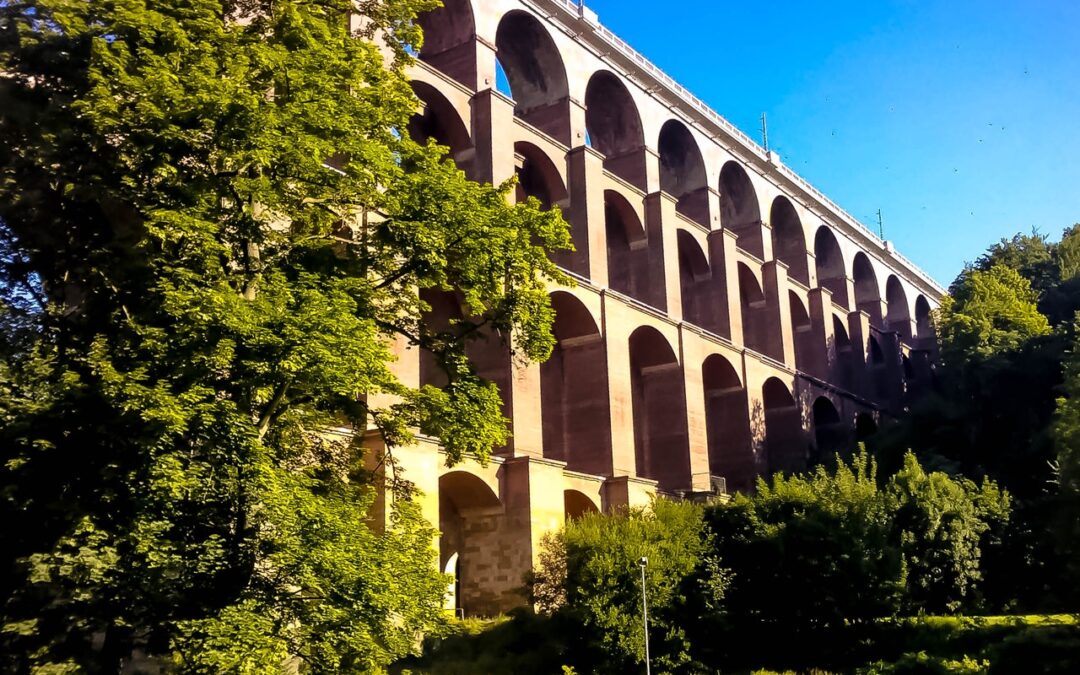The very thought of ancient Rome conjures up images of powerful Emperors, lines of conquering soldiers, and breathtaking buildings such as the Colosseum. But looking at their achievements from the perspective of health and well-being, one of Rome’s biggest was probably her emphasis on public sanitation and hygiene. Considering that they were in the era before any definitive knowledge of pathogens and disease transmission, the Romans’ foresight was pretty amazing. In fact, their sanitary systems are still marveled at by modern day engineers.
Ancient Rome can actually refer to a number of different periods, broadly divided into true ancient (monarchial) Rome, the Republic of Rome, and then of course the mighty Roman Empire—all covering an enormous stretch of time from around 800 BC to 500 AD. It was, however, very early on that they began to suspect that dirty water and poor hygiene could be a major source of disease. Even around 800 BC, the first simple sewers started to be built in Rome. Over time, they expanded and became more complex. The Cloaca Maxima was the earliest full sewage system, built on the orders of King Tarquinius Priscus (around 600 BC), with the waste being carried to the river Tiber. As the city expanded, the need for a steady water supply to the citizenry led to the development of an elaborate aqueduct system. At Rome’s height, estimates suggest that over one billion liters of water a day were being delivered into the city! Aqueducts were also later built across the Empire, many of which remain major tourist attractions today.
Other important public health and sanitary developments during their time were the creation of public baths and latrines. These baths deliberately had low fees, to allow poor people to bathe regularly. A proliferating Empire also meant other challenges for the settling populace. An interesting observation that the Romans made was that people who lived near certain areas such as swamps seemed to be more prone to picking up diseases like malaria. For this reason, they became especially wary of building houses near such areas, and even encouraged their soldiers not to camp nearby.
To be fair, it wasn’t all roses and honey in ancient Rome. Their sanitation was far from where it is today, many poor hygiene-related diseases continued to spread wildly, and they had only a fraction of the scientific knowledge we have now. Nevertheless, their attempts at improving urban living conditions and progress in the right direction, is to be applauded. The Romans were well ahead of their time.
Unfortunately, having come so far, Europe went backwards upon the fall of Rome. Many of their amazing creations went into decline during the Dark Ages. Incredibly, it wasn’t until over one thousand years later that the same values were rekindled and the importance of personal and public cleanliness re-emphasized as being crucial for well-being. One can only imagine how many people suffered in the period in-between.
How our health has been transformed over the last couple of centuries by continued improvements in public sanitation shouldn’t be underestimated. And hand in hand with general sanitation, is the implementation of sterile techniques among healthcare professionals—an issue that actually met with great resistance from physicians up until the 19th century (read the story about Dr Ignaz Semmelweis)!
Modern day medical professionals are understandably proud of our wondrous latest technology including cutting-edge procedures and miraculous new drugs—but if you ask me, as a keen reader of history, the 3 biggest things that have impacted mankind over the last 150 years, I would say; public sanitation, antibiotics and vaccines. These three factors are most responsible for the average life expectancy jumping up by decades! Think about this: up until the 1900s, life expectancy hovered between 20 and 40 for most of human history.
Another fact to keep in mind as we reflect on the Romans and our current way of living in 2021: 1 in 3 people around the world, 2 billion, still do not have access to safe drinking water, 3 billion people have no basic hand washing facilities, and killer diseases such as Typhoid continue to run rampant in many localities. We are lucky to be able to take public sanitation for granted in the west, without really giving it a second thought. Emperor Marcus Aurelius would indeed be shocked with a lot of the world today.
 Suneel Dhand is a physician, writer, and YouTuber. He is Founder at MedStoic Lifestyle Medicine and DocsDox . Follow him on YouTube and Facebook.
Suneel Dhand is a physician, writer, and YouTuber. He is Founder at MedStoic Lifestyle Medicine and DocsDox . Follow him on YouTube and Facebook.

